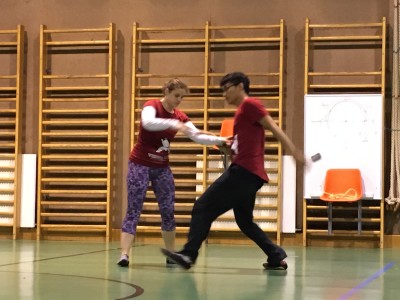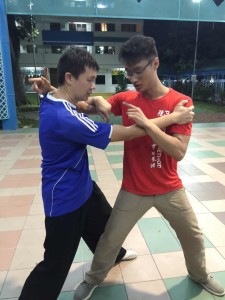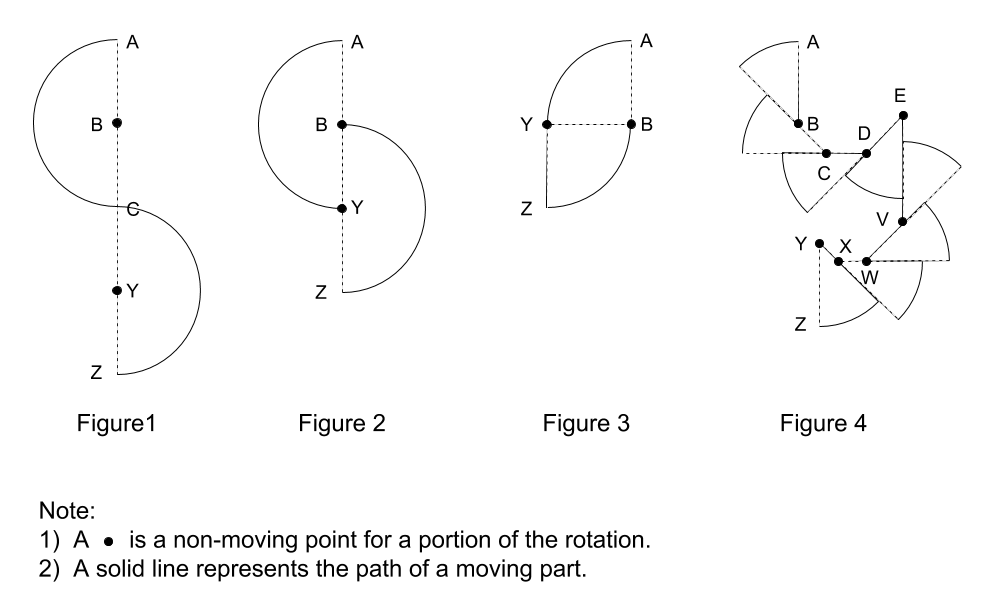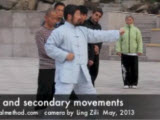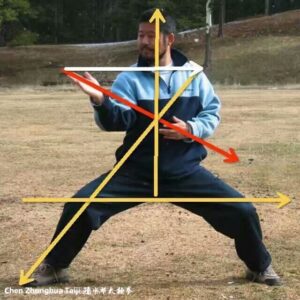
Point to point, line to line, surface to surface, body to body, static in motion
Term: Dantian positioning
Related terms: positioning, fix a dot, don’t move
Dantian should be fixed without moving, while the rest of the body can move. Then find the relationship (connecting line) between the moving part and Dantian. The moving part will have gong, and there will be power. The power found in this way, is yin yang jin(power), which is the unique power pursued by Practical Method.
The power of our Taijiquan is based on the results of any kind of force (force, brute force, strength, gong) of one part having relationship with another part. A distinctive feature of this unique power is that it is indirect. This indirect power is Tai Ji Jin.
Without the positioning of the dantian, all the power, no matter how we name them, are not the Tai Ji Jin we want.
The positioning of the dantian is not necessarily at the location of the dantian. Those who master this technique can position any body parts, or any dots in the air.
Dantian positioning is a general term, general concept and general technical guidance for this training method of Taijiquan. In Practical Method, dantian is defined as a point in the middle of the forearm. Let’s first treat the forearm as the whole body to practice, experience, and experiment. When successful, extend to the whole body. In the whole body, Dantian is three inches below the abdomen.
Original post in Chinese by Master Chen Zhonghua. Translation-Yuxin Liu

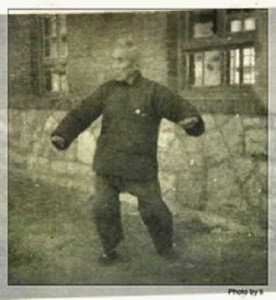
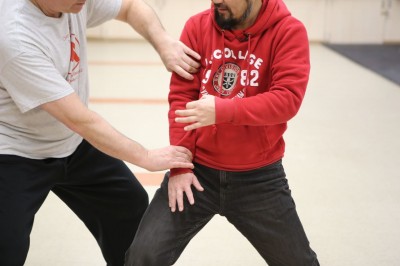
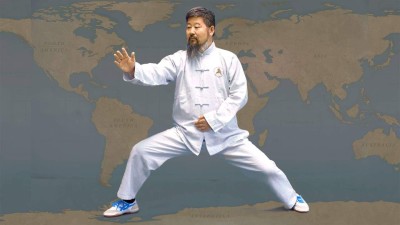
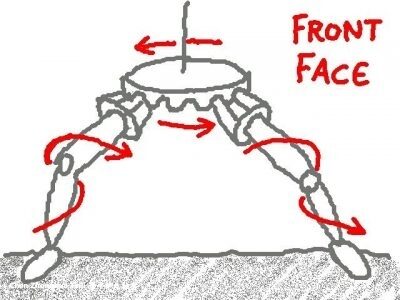
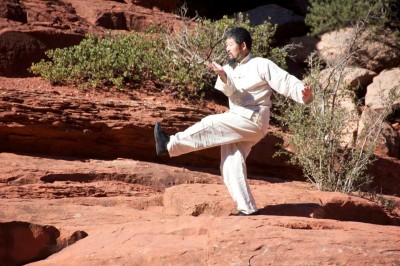
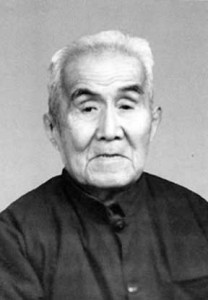
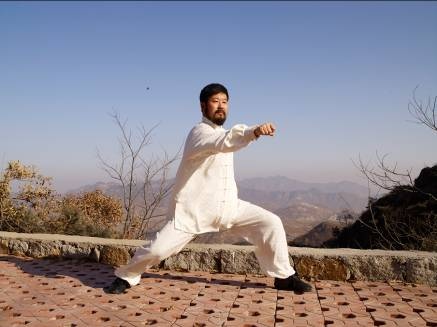

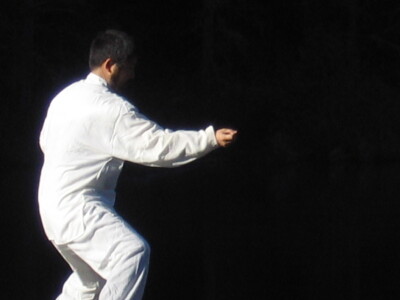
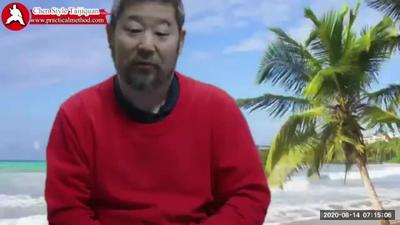




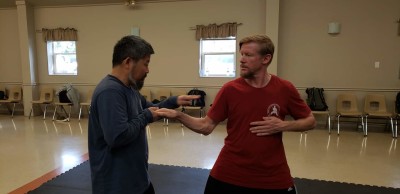
 This week, I found myself able to drill the opponent down causing him to eventually fall vertically to the ground.
This week, I found myself able to drill the opponent down causing him to eventually fall vertically to the ground. 
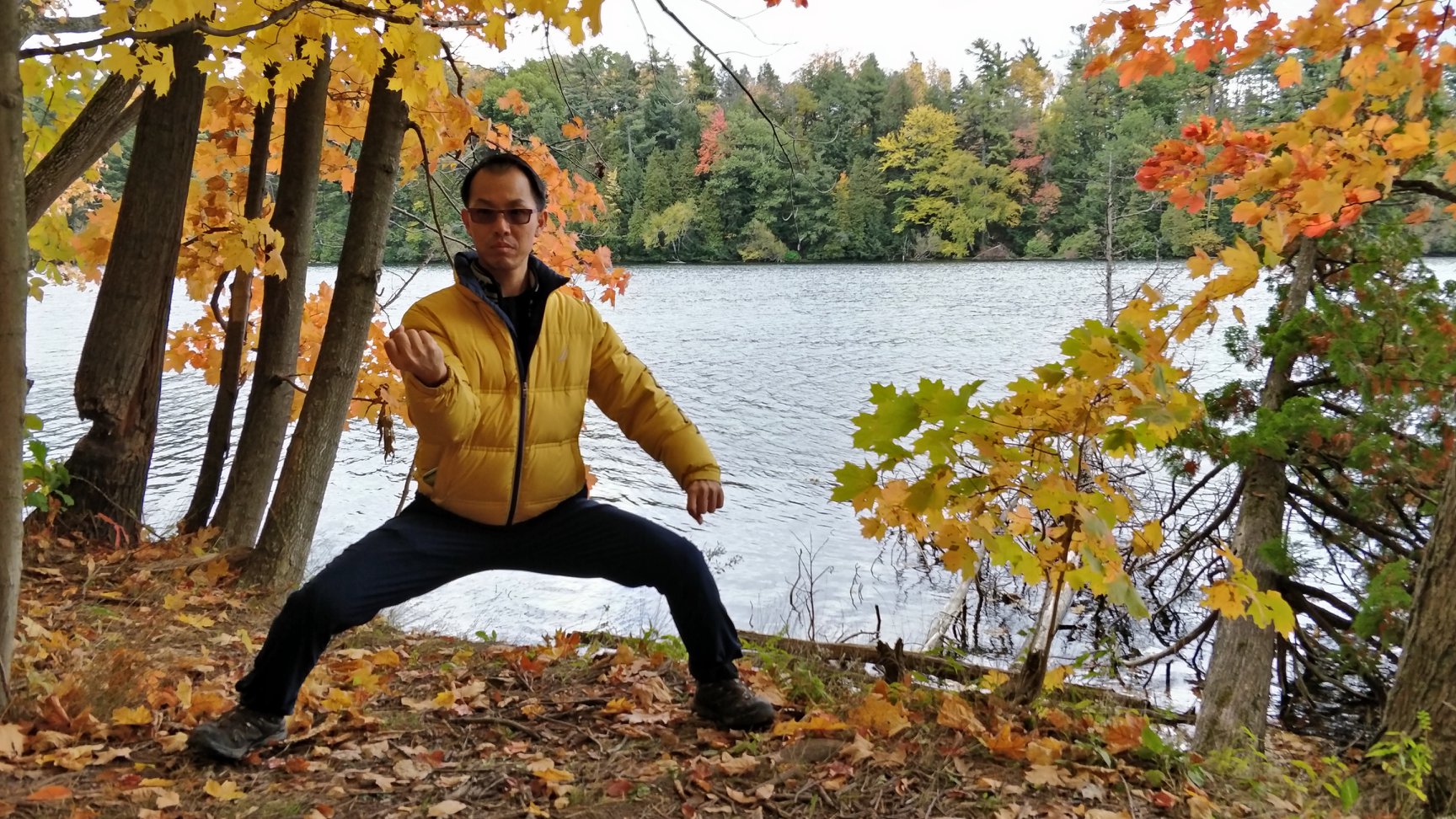
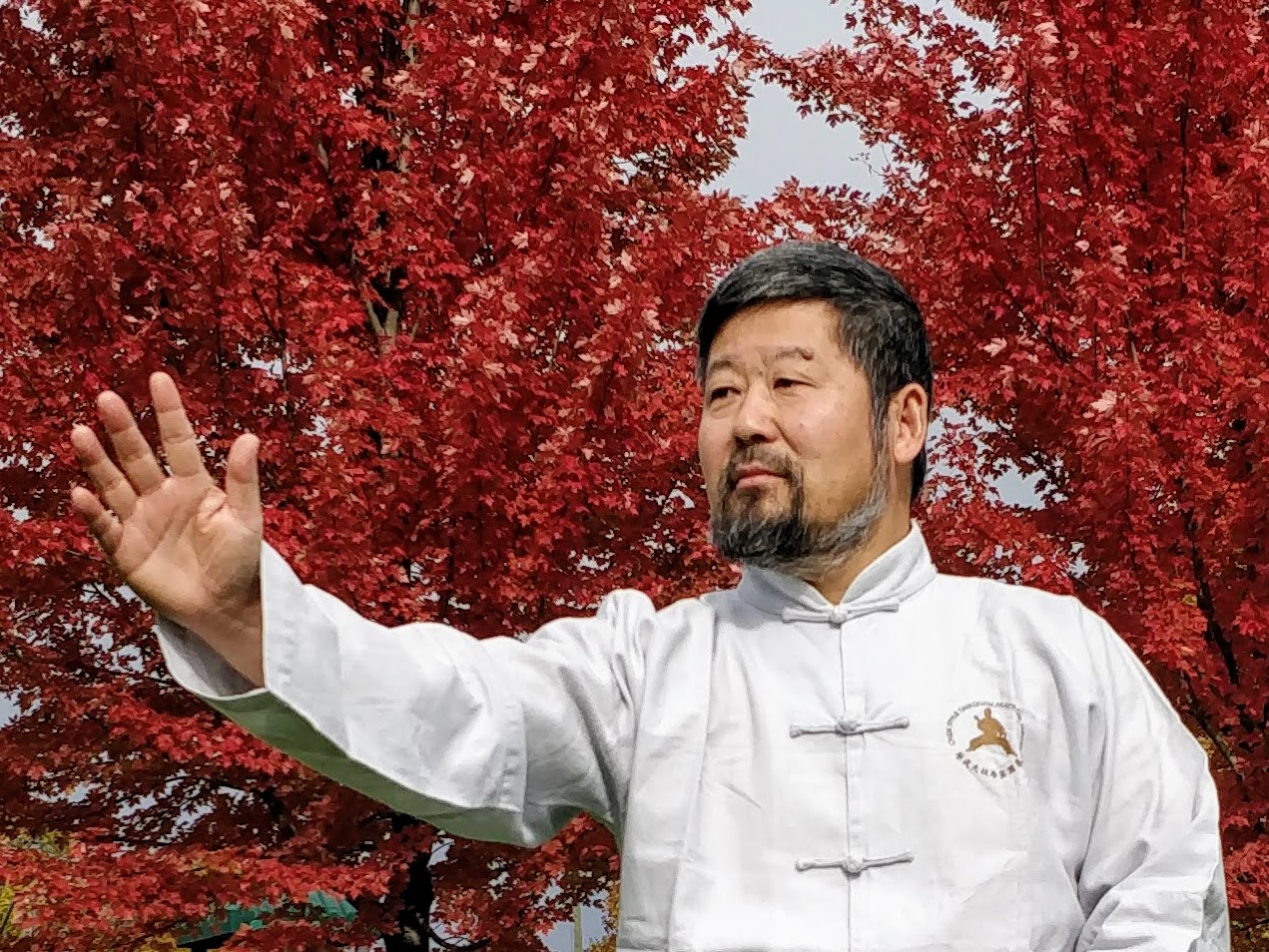



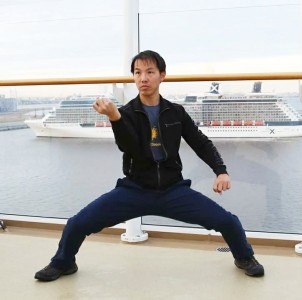 Yi (intent) is not just a thought. In my current understanding, yi describes an ability for your body to do a precise action as you command it to do. In other words, your body listens to your brain. It takes training to get to that state. Master Chen Zhonghua has said before, “the real intent is no intent”. Think about riding a bike as an example. After you have learned how to ride a bike, you don’t think about how to coordinate your hands and feet, how to balance, you only think about where to want to go. You appear to be able to do it with ease. For taijiquan, we need to train long enough to make an action habitual, so that we don’t think about it when we need it, and it just comes out.
Yi (intent) is not just a thought. In my current understanding, yi describes an ability for your body to do a precise action as you command it to do. In other words, your body listens to your brain. It takes training to get to that state. Master Chen Zhonghua has said before, “the real intent is no intent”. Think about riding a bike as an example. After you have learned how to ride a bike, you don’t think about how to coordinate your hands and feet, how to balance, you only think about where to want to go. You appear to be able to do it with ease. For taijiquan, we need to train long enough to make an action habitual, so that we don’t think about it when we need it, and it just comes out.

